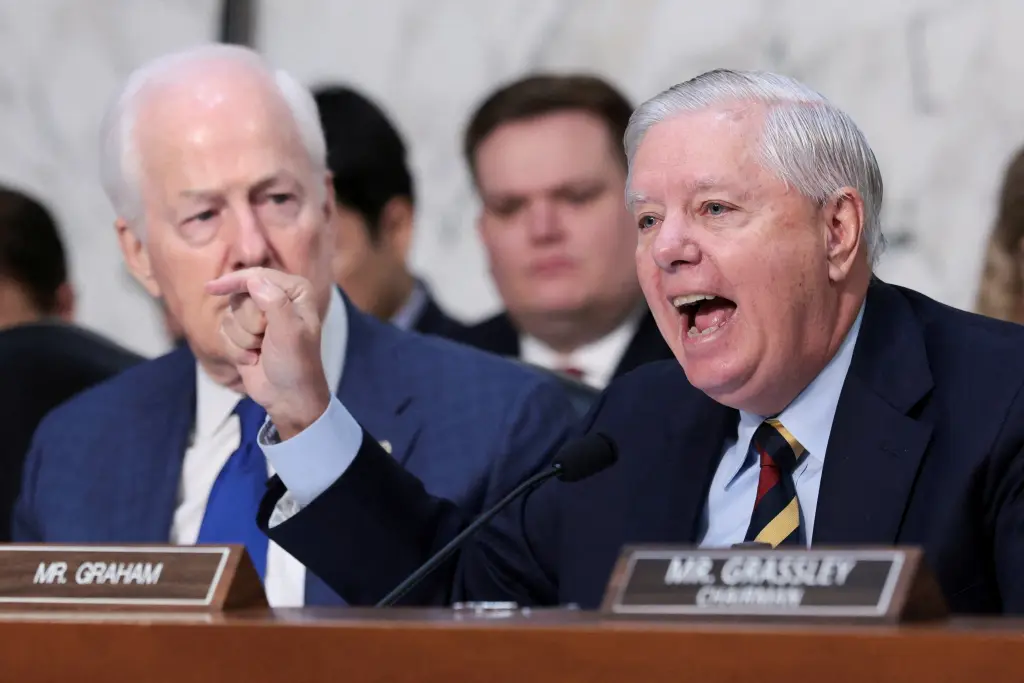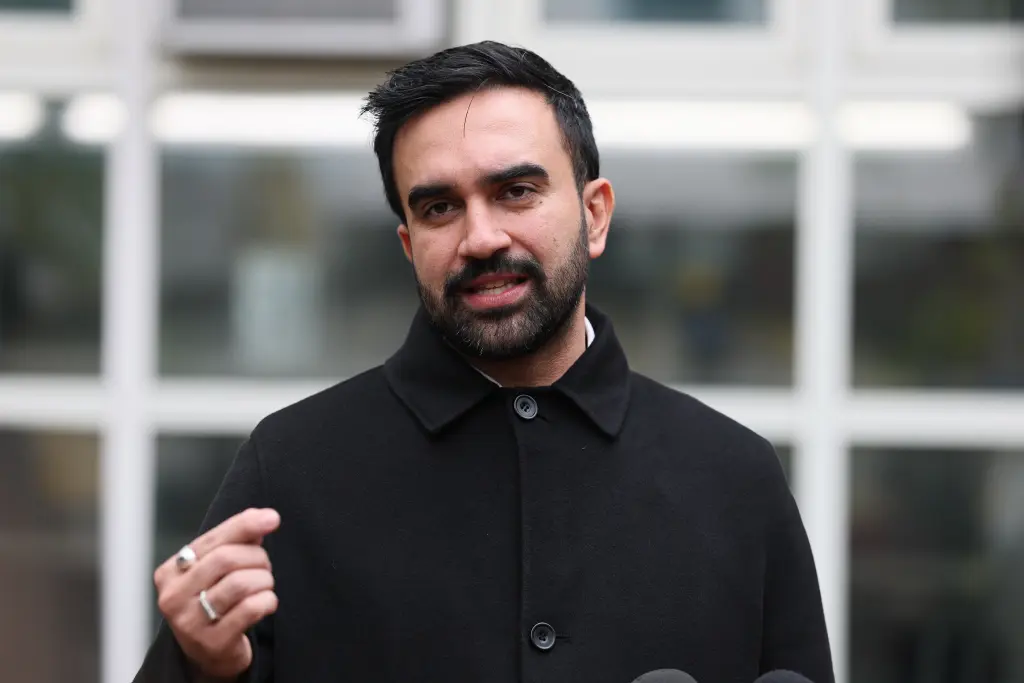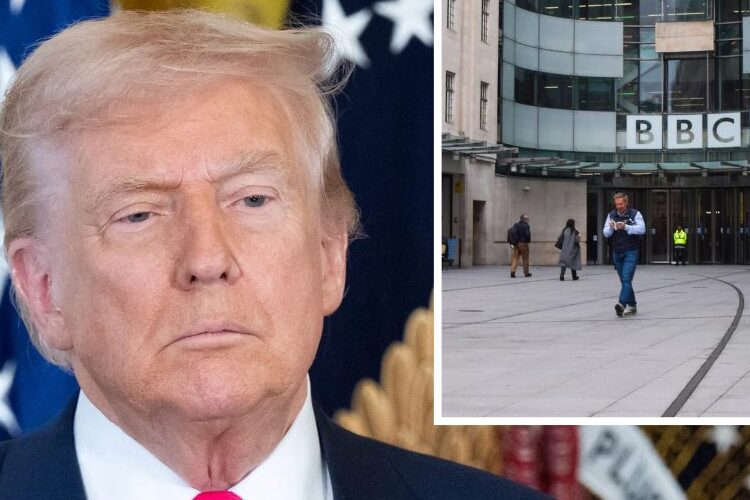JD Vance Defends Daniel Penny in Viral Tweet, Saying He Prevented Subway Tragedies and Deserved Thanks Instead of Hate
When Vice President JD Vance posted a late-night message about Daniel Penny, it immediately lit up social media. The post included a striking image of a frightened woman curled up on public transit and Vance’s pointed words: “Daniel Penny prevented this from happening on a NYC subway. Instead of thanking him, many hated him for it.” It was the kind of statement that can’t help but grab attention, and within hours it had been viewed millions of times.
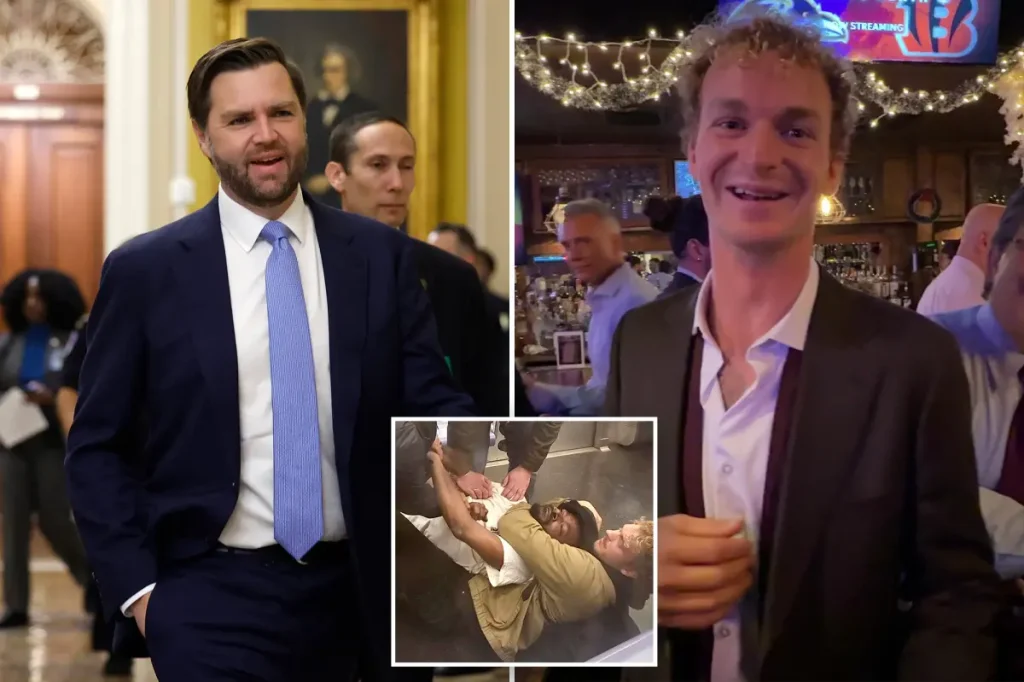
Daniel Penny, a Marine veteran, became a national figure in 2023 after he placed Jordan Neely, a homeless man acting aggressively on a New York City subway, in a chokehold. Neely later died, and Penny was charged, sparking heated debate across the country. Supporters saw him as a man stepping in to protect fellow passengers, while critics saw him as a vigilante who crossed a line. The case went to trial and became a flashpoint in America’s ongoing conversation about public safety, homelessness, and mental health. Penny was later acquitted of criminally negligent homicide, but the controversy never really faded.

Now, with Vance bringing Penny back into the spotlight, the discussion has returned with even greater force. Supporters of the vice president’s post argue that Vance is simply saying out loud what many ordinary people feel: that everyday commuters deserve to feel safe, and those who step in to protect others shouldn’t be vilified. They point to rising concerns about crime on public transit and say that Penny’s actions, however controversial, were rooted in the instinct to shield innocent people from harm.
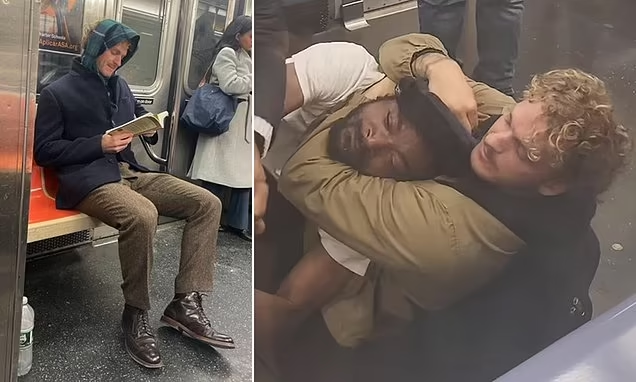
Critics, on the other hand, accuse Vance of oversimplifying a tragedy. They argue that invoking images of frightened women on trains without addressing the complexities of Penny’s case risks sending the wrong message about how society should deal with mental illness and public safety. For them, the danger lies in glorifying actions that ended in a death, even if the intention was protection.
What makes this moment so charged is how it touches on fear, compassion, and politics all at once. Subway riders in cities like New York know the uneasy feeling of being trapped in a moving car with someone who is acting unpredictably. They know the nervous glances exchanged between strangers, the quick calculations of what they would do if things got worse. Vance’s tweet tapped into that very real fear, showing an image that many people could picture themselves in.
At the same time, it also shows how divided America remains over how to balance safety and justice. Was Penny a hero or a reckless vigilante? Was Vance’s tweet a defense of ordinary citizens or a dangerous oversimplification? There are no easy answers, and perhaps that is why the post drew such strong reactions.
What is clear is that JD Vance has once again placed himself at the center of a national debate, not shying away from controversy but instead leaning into it. For those who agree with him, he is speaking truth to a problem that has gone ignored. For those who disagree, his words risk inflaming tensions that never healed. Either way, the conversation about Daniel Penny, subway safety, and how we judge those who act in moments of chaos is far from over.

